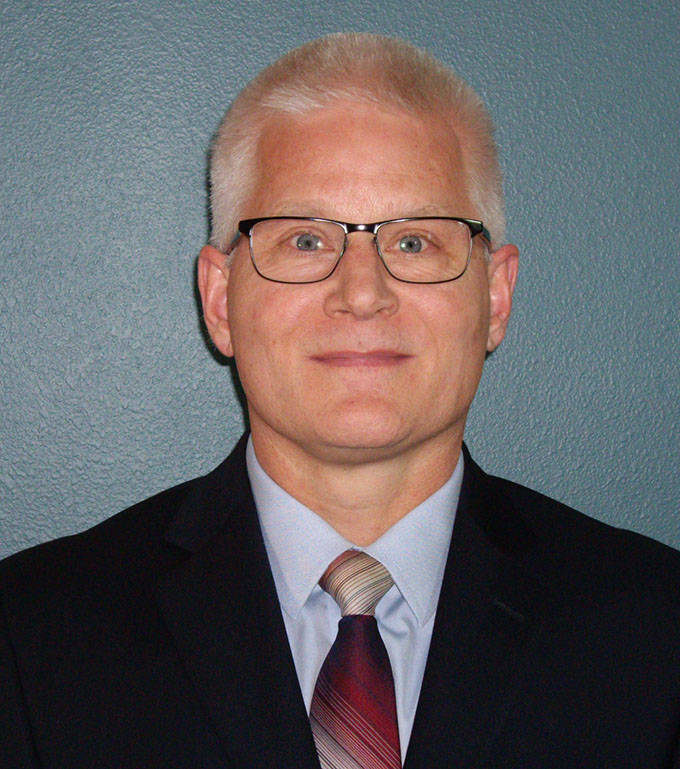Eighteen miles south of Juneau, located in the Admiralty Island National Monument adjacent to Hawk Inlet, lies the Hecla Greens Creek Mine. This prized mineral asset began production in 1989 and has been a safe and responsible producer of silver, zinc, lead and gold resources for the world for decades.
Greens Creek must maintain a very high standard of environmental performance and rightly so.
Numerous state and federal agencies provide rigorous, science based oversight to the environmental aspects of the operation. Our environmental performance is a matter of public record and may be found at the Alaska Large Mine Permitting webpage at http://dnr.alaska.gov/mlw/mining/largemine/greenscreek/.
In 2015, we were made aware of sampling that had been conducted in Hawk Inlet by groups opposed to mining. This sampling was the basis for a well-financed anti-mining public relations campaign that generated concerns about the safety of traditional foods in the Hawk Inlet ecosystem.
Luckily, we live in an era where facts and science still matter. The Alaska Department of Environmental Conservation (ADEC) and the Department of Health and Social Services analyzed their data and in a February, 2016 memo stated:
Fact: The ecosystem of Hawk Inlet is healthy.
Fact: Area residents should not be deterred from harvesting and consuming their traditional foods including seal, shellfish, fish and seaweed.
Fact: Data provided … [by external groups] … indicate no appreciable public health risk from harvesting or purchasing, consuming and sharing these traditional foods items from Hawk Inlet.
Now, the mine’s environmental performance has not always been spotless. In fact, 29 years ago there was a spill of ore concentrate in the vicinity of a former cannery and other industrial activity. Cleanup activity was conducted in 1994.
In 2017, ADEC released the EPA approved Total Maximum Daily Load (TMDL) for Metals in the Marine Sediments of Hawk Inlet. That report clearly shows that the past cleanup efforts, followed by a period of natural recovery, has successfully reduced the metal levels in sediment.
It is important to note that the sampling in Hawk Inlet conducted by anti-mining groups was included in the analysis generating the TMDL. This scientific analysis resulted in the following statements in the final document:
Fact: Water quality is not impaired in Hawk Inlet.
Fact: Sampling analyzed in the TMDL shows no impairment of animal tissue.
Fact: Metal levels in animal tissue are similar to pre-mining conditions in Hawk Inlet.
Fact: Metal levels outside the industrial area are likely due to natural background metals.
Unfortunately, facts like these do not make good fodder for public relations campaigns, special interest fundraising, propaganda films and community organizing efforts. They do, however, demonstrate the responsible manner in which the Greens Creek mine has been operated.
Greens Creek is a world-class mine that has operated within a world class environmental setting for 29 years and we take this responsibility seriously. The 430 employees at Greens Creek take great pride in operating a responsible mine in the same place that many of them recreate, fish, hunt and gather food.
That is a fact.
Keith Malone has over 34 years of experience in the mining industry, 17 of these years in Alaska. He has worked at Greens Creek since 2014 and has been the Vice President and General Manager of the mine since January 2017.

